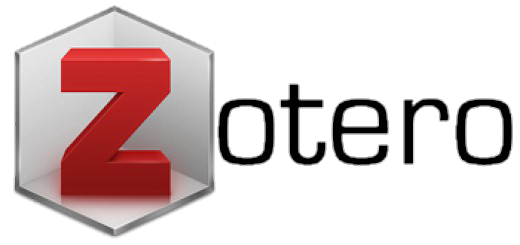PERBANDINGAN LAJU KOROSI PADA MATERIAL STEEL PLATE COLD COIL (SPCC) YANG DILAPISI CAT DENGAN RESIN YANG BERBEDA
DOI:
https://doi.org/10.31938/jsn.v6i1.251Abstract
Comparison of Corrosion Rate on Steel Plate Cold Coil (Spcc) Material Coated With Different Resin
Iron corrosion is the most prominent problem because iron is widely used as a material, for example Steel Plate Cold Coil (SPCC) material or rolled steel plate that undergoes cooling process. SPCC materials are generally used for the manufacture of automobile engines, motor equipment, building construction, battery boxes, industrial machinery, and so on. The corrosion rate was determined by the salt blowing method. This method aims to calculate the corrosion rate of the material acting on an environment containing a salt solution such as NaCl. Corrosion rate testing was done on three types of paint (paint A, paint B, and C paint). Based on analysis and observation results, Coated Steel Plate Cold Coil material B coated has the smallest corrosion rate value because B paint has epoxy resin in the presence of aromatic aromatic compound ether, aromatic hydrocarbon and aliphatic alcohol.
Keywords: Iron, Steel Plate Cold Coil (SPCC), corrosion, paintÂ
ABSTRAKÂ
Korosi pada besi merupakan masalah yang paling menonjol karena besi banyak digunakan secara luas sebagai material, contohnya material Steel Plate Cold Coil (SPCC) atau gulungan plat baja yang mengalami proses pendinginan. Material SPCC umumnya digunakan untuk pembuatan mesin mobil, peralatan motor, konstruksi bangunan, kotak baterai, mesin-mesin industri, dan sebagainya. Laju korosi ditentukan dengan metode sembur garam. Metode ini bertujuan untuk menghitung kecepatan korosi dari material yang bekerja pada lingkungan yang mengandung larutan garam seperti NaCl. Pengujian laju korosi dilakukan terhadap tiga jenis cat (cat A, cat B, dan cat C). Berdasarkan hasil analisis dan pengamatan, material Steel Plate Cold Coil yang dilapisi cat B memiliki nilai laju korosi terkecil karena cat B mempunyai resin epoxy dengan adanya senyawa aromatik eter, aromatik hidrokarbon dan alifatik alkohol.
Kata Kunci: Besi, Steel Plate Cold Coil (SPCC), korosi, catDownloads
References
American Society for Testing and Material (ASTM). Practice for Laboratory Immersion Corrosion Testing of Metals (ASTM G31-72). American Society for Testing and Material. Philadelphia.
Bagotsky, V.S. 2005. Fundamentals of Electrochemistry Second Edition. New Jersey.
Castellan, G.W. 1983. Physical Chemistry Third Edition. Addison-Wesley Publishing Company, Inc. United State of America.
Elia. 2014. Perbandingan Laju Korosi Pada Material SUS 409L yang Sudah Mengalami Perlakuan Secara Fisika. Bogor: Akademi Kimia Analis.
Japanese Industrial Standard. 1990. Paint and Varnish. Jepang.
Prasetya, E.H. 2014. Pengaruh Konsentrasi Inhibitor Asam Askorbat dan Konsentrasi Larutan Natrium Klorida Terhadap Laju Korosi Baja Karbon Rendah Pasca Pelapisan Cat Epoxy. Jurnal Nosel Ilmu Pendidikan Teknik Mesin. 2 (3).
Stoye, D. 1993. Paints, Coatings and Solvents. New York.
Downloads
Published
How to Cite
Issue
Section
License
Copyright (c) 2019 Winda Yulliyanti, Devy Susanty, Wahyono Wahyono

This work is licensed under a Creative Commons Attribution-ShareAlike 4.0 International License.
You are free to:
- Share — copy and redistribute the material in any medium or format for any purpose, even commercially.
- Adapt — remix, transform, and build upon the material for any purpose, even commercially.
- The licensor cannot revoke these freedoms as long as you follow the license terms.
Under the following terms:
- Attribution - You must give appropriate credit , provide a link to the license, and indicate if changes were made . You may do so in any reasonable manner, but not in any way that suggests the licensor endorses you or your use.
- ShareAlike - If you remix, transform, or build upon the material, you must distribute your contributions under the same license as the original.
- No additional restrictions - You may not apply legal terms or technological measures that legally restrict others from doing anything the license permits.




















